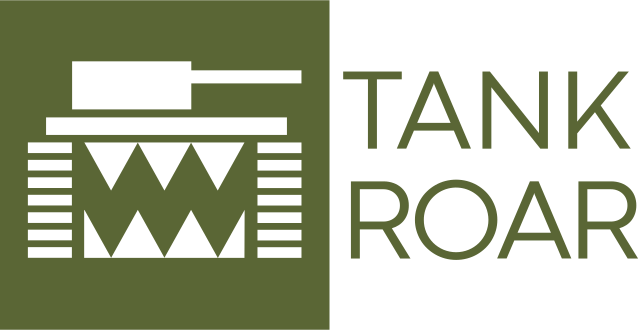What is Superior, the Rifled or Smoothbored Barrel
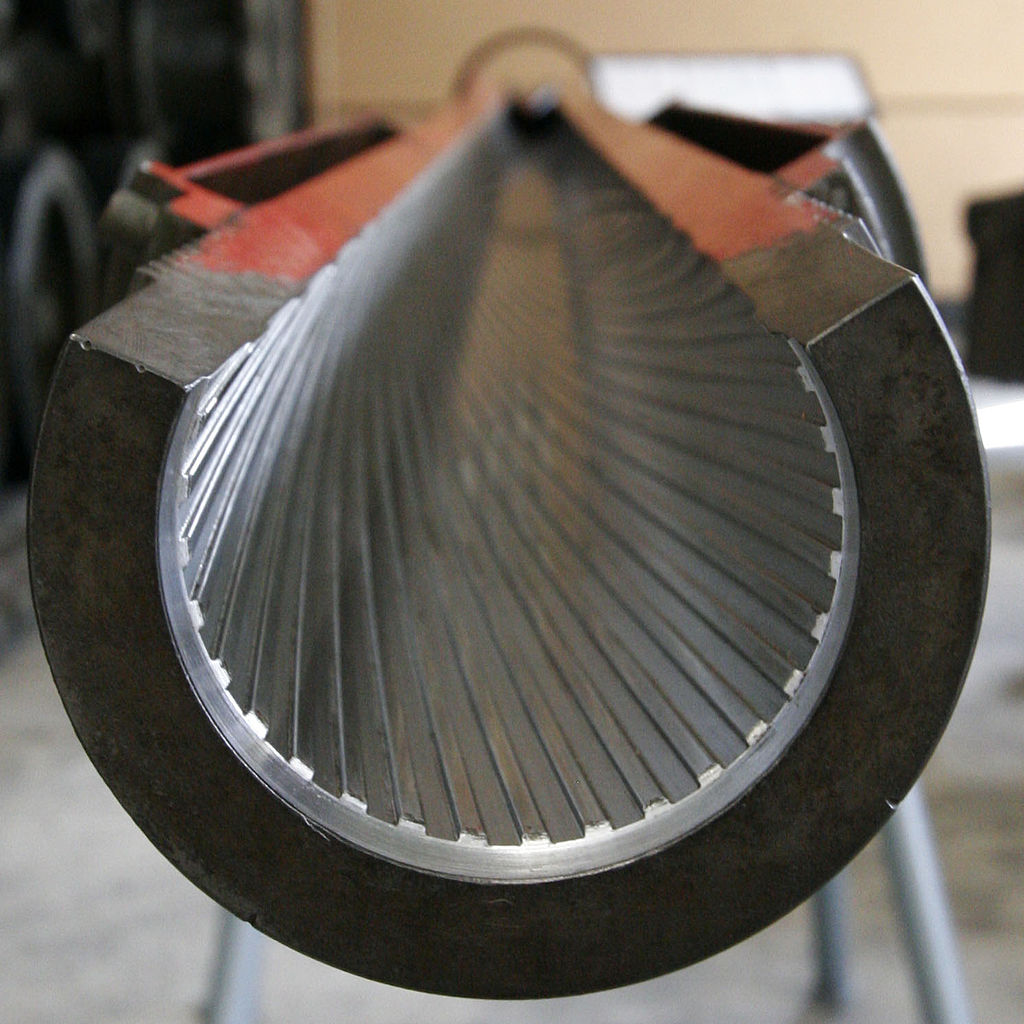
A hot point of discussion in the many debates on which current main battle tank is superior, is whether it uses a rifled or smoothbore barrel.
What are the differences? What advantages or disadvantages do these different approaches offer?
The earliest cannons actually used smoothbore barrels, dating to around the 13th century. Essentially being a tube, smoothbore barrels were the easiest and most basic method of construction.
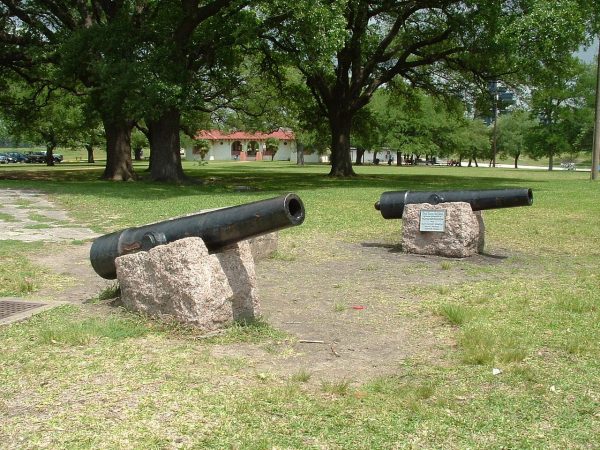
Early guns were usually muzzle loaded, so projectiles had to be made slightly smaller than the calibre (the internal diameter) of the barrel to enable easy loading.
This however seriously affected accuracy, as the projectile would bounce around as it travelled down the barrel, and the lack of a proper seal behind the ammunition would allow useful gasses past it, resulting in low muzzle velocity.
To improve a projectile’s stability, it must spin, this effect has been known since the use of bows and arrows. To spin a projectile, a barrel must contain rifling. Rifling are grooves around the inside of the barrel that rotate the round as it travels, increasing it’s stability.
The rifled barrel was designed in the late 1400s, but wasn’t widespread until the 1800s. With ammunition now spinning in flight, accuracy was greatly improved.
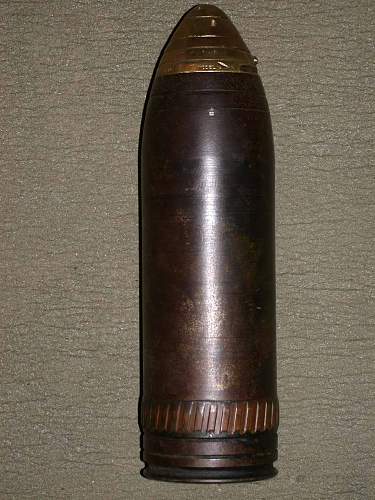
In breech loaded guns, a soft ring at the base of the shell, called a driving band, dug into the grooves in the barrel providing a full seal, solving the low muzzle velocity of smoothbores.
A major drawback however, is that they are significantly more expensive to produce, and suffer much shorter barrel life as the rifling wears down.
Rifled guns excelled at firing conventional solid shot rounds that used rotation to maintain stability. But in the post World War Two era, two ammunition types were predominant; APDS and HEAT.
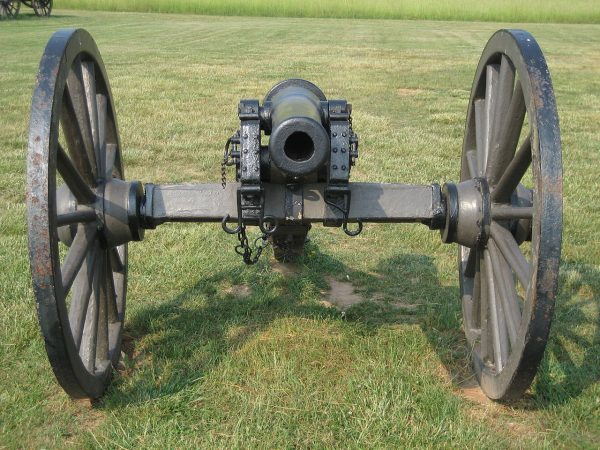
APDS (armour piercing discarding sabot) rounds were developed by the British in the 1940s. They are a long thin metal rod that travels at extreme speeds (up to 1400 m/s) and penetrates the target with sheer kinetic energy.
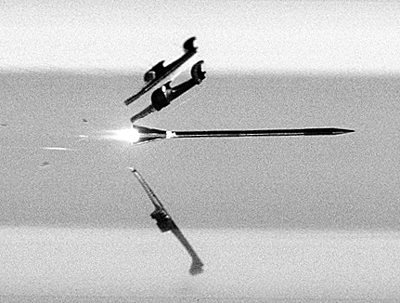
As the rod is smaller than the calibre of the gun, it needs to be housed in a sabot. A sabot is a jacket that matches the calibre, and surrounds the rod until it leaves the barrel where it tears away.
As a long thin projectile is inherently unstable, it needs to spin to maintain accuracy, so these worked in rifled barrels.
However, as tank armour thickness increased, faster, longer and thinner rods were required to penetrate more armour. Eventually, a sabot round can become so long, the rifling can’t spin it effectively.
The groove’s resistance also limits the speed a round can travel compared to modern, precisely made smoothbores. These two factors limited the effectiveness of APDS in rifled guns.
HEAT (high explosive anti tank) rounds contain a cone of copper that upon impact is superheated by an explosive charge behind it, melting through armour with a liquid copper jet.
This ammunition type actually suffers from spinning, as the copper jet doesn’t form properly. HEAT rounds can be made to work with rifled guns by allowing the exterior shell to rotate while the interior stays still, but this adds considerable costs.
So, to overcome these limitations, smoothbore barrels were resurrected from the dead. Firstly by the Soviet T-64 tank in the 1960s, and later by western nations in the 1980s-90s. With modern manufacturing techniques these barrels solved many of the issues of earlier types.
A smoothbore’s reduced resistance allows rounds to travel at much higher speeds, and doesn’t impart spin, which is perfect for HEAT rounds.
As sabot rounds need to spin, new ammunition was developed to replace APDS, called armour piercing fin stabilized discarding sabot (APFSDS).These rounds still rotate, but smoothbores enable them to travel at extreme speeds, some as fast as 1,900m/s, and outperform rifled APDS rounds in almost every way.
Nearly every modern main battle tank now uses a smoothbore barrel, but not all. The British Challenger 2 still maintains a 120mm L30 rifled gun.
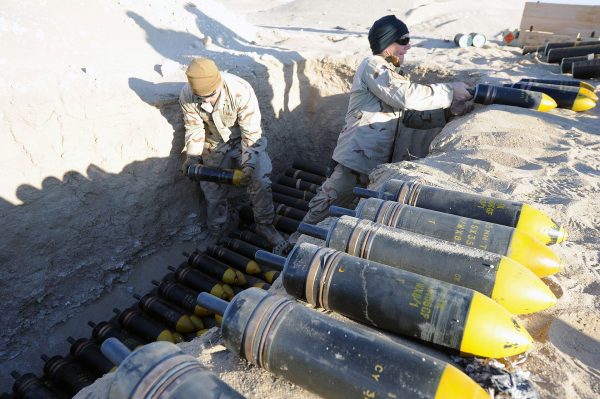
The main reason being the British love for HESH rounds. HESH (high explosive squash heads) contain a plastic explosive that flattens against armour before detonating, causing large chunks of metal to peel off inside and become shrapnel. A rotating round is best for this as centrifugal force aids in the flattening of the explosive.
The battle between rifled and smoothbore is actually more about the ammunition than the barrels themselves.
Both types offer their own advantages, but the cheaper costs involved with smoothbores, as well as the need to fire HEAT and APFSDS rounds, means smoothbores are currently the most useful type.
Another Article From Us: What is The Bulge in Modern Tank Barrels – Here is the Answer
You can follow us on our Facebook page too.
As ammunition is always adapting to the threats at hand, future ammunition may require the spinning effect of a rifled gun once again.
